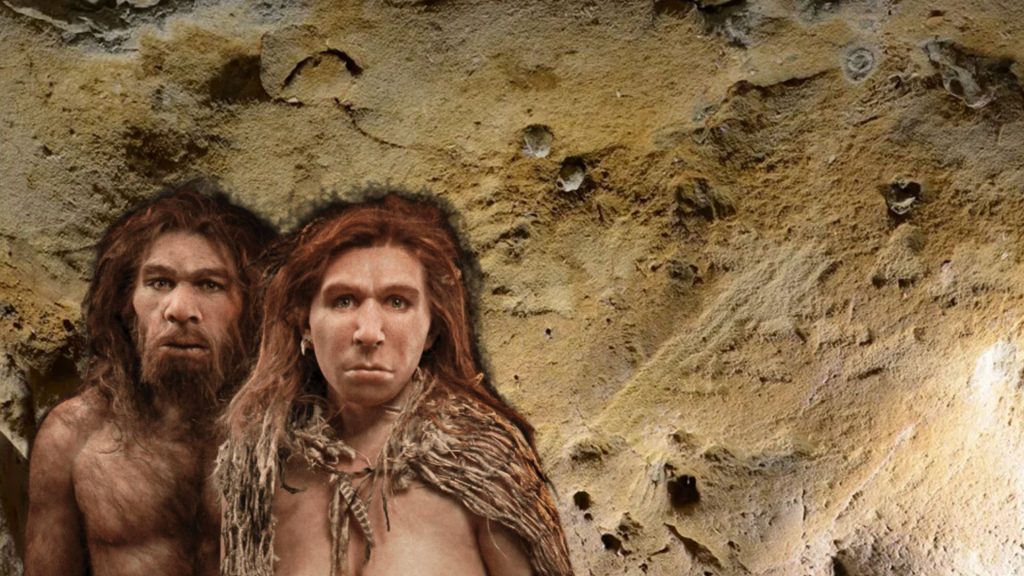In the recesses of a subterranean chamber in the heart of France, we encounter the most ancient imprints attributed to Neanderthals, dating back over 57,000 years. This revelation stems from a contemporary inquiry showcased in the scientific annals of Plos One.
Scholars meticulously scrutinized myriad undulating lines, punctuations, and faint incisions, identified as digitized impressions—commonly referred to as finger flutings—etched onto the longest and most uniformly structured wall within an archaic cavern nestled in La Roche-Cotard within the Loire Valley.
The cave’s portal first saw the light of day in 1846, exposed during proximate quarrying endeavors. An excavation in 1912 unveiled not only animal remains but also Neanderthal-crafted lithic tools. A comprehensive understanding of the cavern’s expanse was achieved through substantial digs in the 1970s and, more recently, from 2008 onwards.

Delving into the depths of the cavern, we encounter four central chambers interconnected and plunging a staggering 108 feet into the riverbank. The spatial arrangement of unearthed tools and skeletal remains led researchers to hypothesize that Neanderthals predominantly inhabited the inaugural chamber and the vicinity of the cave entrance.
By scrutinizing sedimentary deposits blocking the entrance, researchers ascertained the external sealing of the cave transpired at least 57,000 years ago—a span surpassing millennia preceding the advent of Homo sapiens in the region approximately 42,000 years ago. This, coupled with the assortment of tools unearthed, intimates that the exclusive artisans behind these finger flutings were none other than the Neanderthals.
The etchings appear to be the result of Neanderthals elegantly dragging and imprinting their digits across a tenuous brown patina on the limestone surfaces. The elevation of these engravings implies that only individuals of considerable stature, adolescents, or adults, could have executed such intricate maneuvers. These patterns coalesce into eight distinct panels, their significance shrouded in the enigma of the past.



